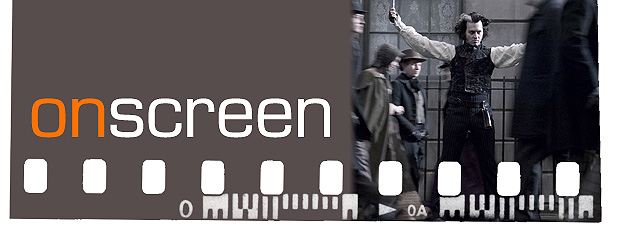Deep inside an industrial building in Burbank, California, stands the Great Wall of Macintosh - a humming barrier of 700 Apple Power Mac G5s, all meticulously stacked, one atop the other, in a U shape 8 feet high and 100 feet long. Alongside sits an equally imposing server bay, which stores a staggering 700 terabytes of data. Upstairs in a hypersanitized, temperature-controlled chamber, a technician wearing white silk scrubs hovers over two mammoth, $300,000 digital film scanners.
Wired Test
This monumental collection of gear provides the mathematical brawn behind DTS Digital Images, the world's premier image-processing and -restoration house. This is where Hollywood films come for a face lift - where torn, faded, dirty or otherwise imperfect footage gets surgically enhanced, whether for the archives, a DVD release or a blockbuster opening weekend.
The human brain behind the operation is John Lowry, a bespectacled, auburn-haired man who, at 74, doesn't look a day older than 60. Over the years, Lowry has become known as the film industry's Mr. Fix-It. The movies he has rescued range from the 1933 Boris Karloff vehicle The Ghoul (in which nitrate film base decay had caused excessive flicker and image distortion) to Michael Mann's recent adaptation of Miami Vice (in which a few shots suffered from low light). Even George Lucas sought out Lowry's expertise for the re-release of the Star Wars trilogy ("Lucas hates grain," Lowry says). And MGM hired Lowry to restore all 20 James Bond films for its new set of DVDs.
Many specialists go about restoration manually, cleaning each frame by hand. But as those 700 G5s suggest, Lowry works with computers, faster and more accurately.
"We started out as software developers, but with a very clear direction: to make pictures better," Lowry says as he clicks around the desktop of a Linux machine, picking and choosing from the 50 or so examples stored on his hard drive to show off the technology. "Since each film has its own unique set of problems, it took us about 60 movies to get comfortable."
Today, DTS is a well-oiled machine. As Lowry whirls through a series of before-and-after clips, the differences are obvious. While Sean Connery looks youthfully limber in You Only Live Twice, the 1967 film stock has been ravaged by time, resulting in dirty, jaundiced footage. After a run through Lowry's digital rehab, however, the images are artifact-free: Colors are deeper, detail is better and the images look as fresh as anything shot today.
While Lowry isn't inclined to give up his trade secrets, he admits: "Most of what we do, in the broad sense, is track frame-to-frame differences." Essentially, technicians scan the original film stock onto the server, then proprietary algorithms figure out what shouldn't be onscreen - scratches, discolorations, dirt, mold - and digitally remove it, frame by frame. Think of it as an automatic, high-speed Photoshop retoucher.
But Lowry was doing this long before Photoshop came along. He pioneered image enhancement in the '70s when he processed the Apollo 16 and Apollo 17 moon footage. "Because we'd taken the noise out of the pictures," he says, "the geologists were seeing stuff in the rocks that they'd never seen before."
That sounds like a slightly higher calling than Miami Vice. When asked how he landed here, Lowry's expression turns serious. "I have dyslexia," he says. "I didn't read my first book until I was 30." He pauses, and then smiles. "I'm a picture person."
Source Wired
Subscribe to:
Post Comments (Atom)

Comments
0 comments to "Apple Gives Movies A Face Lift"
Post a Comment